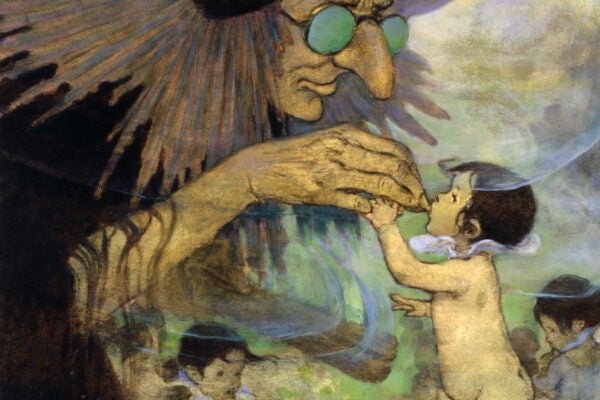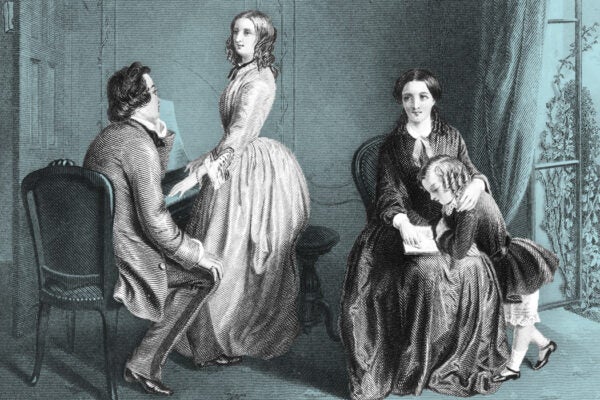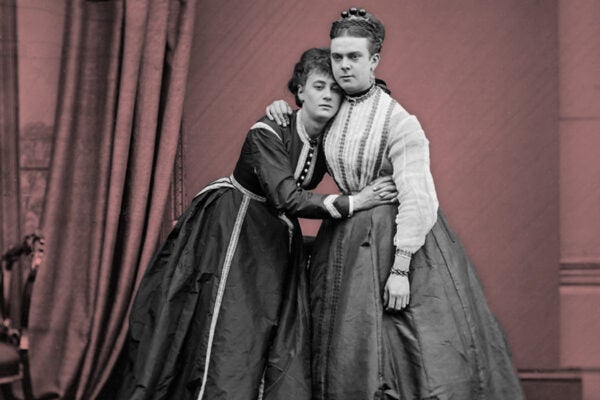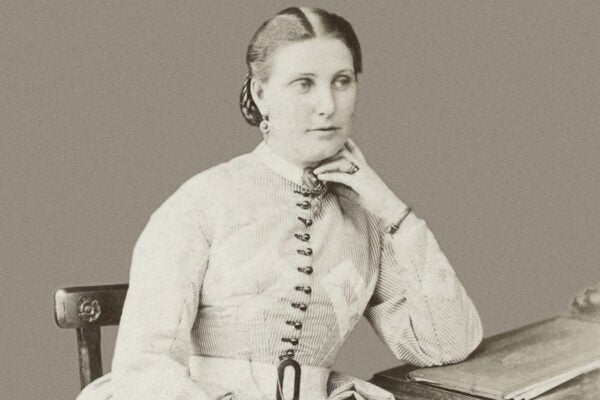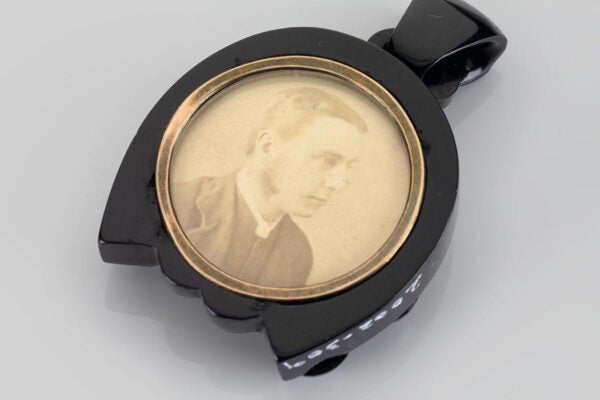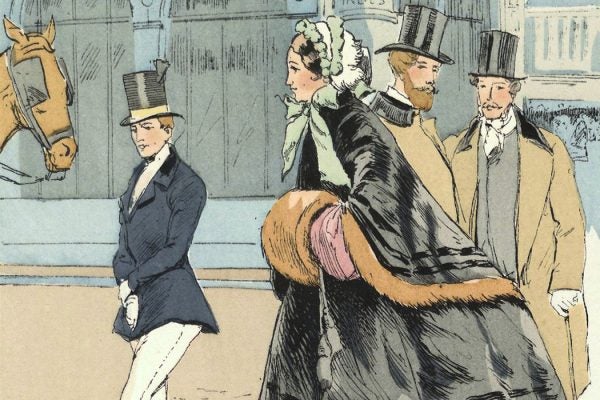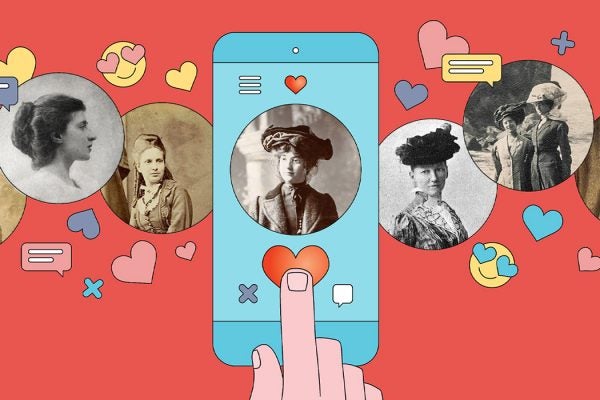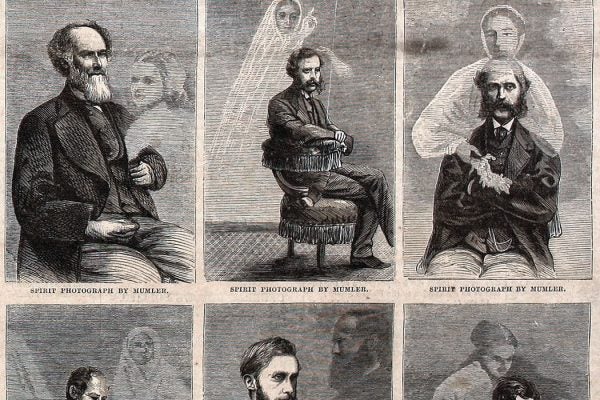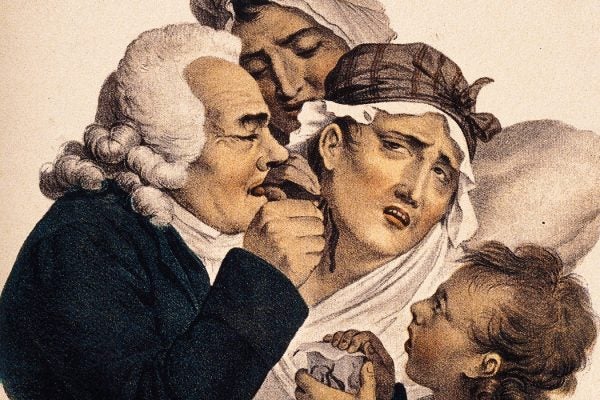Man of Science, Man of God
In The Water-Babies, Charles Kingsley parodied the dogmatic belief held by many in Victorian England that faith and reason are incompatible.
The Governess, in Her Own Written Words
Although few women were employed as governesses in Victorian Britain, their potential for social and class transgression left Britons awash with worry.
Trans-lating the Story of Fanny and Stella
The Victorian-era trial of Fanny and Stella has been variously interpreted over the years. But what if it was a trans narrative all along?
Florence Baker, Unsung Survivor
Narrowly escaping slavery herself, Baker risked her life to repress the Saharan slave trade, sought the source of the Nile, and challenged Victorian social conventions.
Victorians Mourned with Vulcanized Rubber Jewelry
Nineteenth-century Anglo-American mourning rituals called for a period of sentimental sadness, but they also demanded an investment in clothing and jewelry.
Street Harassment in Victorian London
Middle- and upper-class women complained about “so-called gentlemen” who stared at them, blocked their paths, and followed them as they tried to shop.
The “Dating Apps” of Victorian England
They didn't have smartphones back then, but they still had personal ads.
The Dressy Ghosts of Victorian Literature
Realism was exceptionally well suited (heh) for elaborate descriptions of spectral clothing.
Why Did the Victorians Harbor Warm Feelings for Leeches?
Medical authorities wrote about leeches as if they sucked blood out of the goodness of their hearts.
Why Victorians Loved Hair Relics
Victorians were mesmerized by the hair of the dead -- which reveals something about about how they saw life.
